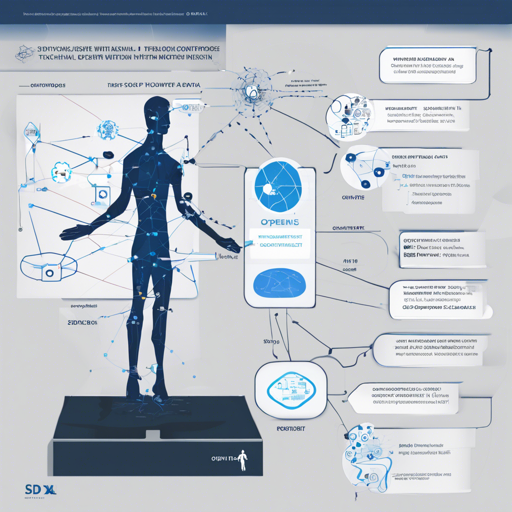In this article, we’ll walk you through how to utilize the SDXL-ControlNet with OpenPose (v2) for your image generation needs. If you’ve ever wanted to create stunning visuals, such as a ballerina dancing at sunset or even Darth Vader boogying in the desert, this guide is for you!
What You Will Need
- Python installed on your system
- Access to the terminal or command line
- The necessary libraries
Step-by-Step Instructions
To get started, you’ll need to install a few libraries and set up your environment properly. Let’s break it down into manageable chunks.
Installing the Libraries
First, navigate to your terminal and install the required libraries:
pip install -q controlnet_aux transformers accelerate
pip install -q git+https://github.com/huggingface/diffusersSetting Up the ControlNet Pipeline
Now that you have the libraries installed, you can make the magic happen through Python. Here’s a snippet to help you get started:
import torch
from diffusers import AutoencoderKL, StableDiffusionXLControlNetPipeline, ControlNetModel, UniPCMultistepScheduler
from controlnet_aux import OpenposeDetector
from diffusers.utils import load_image
# Compute openpose conditioning image
openpose = OpenposeDetector.from_pretrained("lllyasviel/ControlNet")
image = load_image("https://huggingface.co/datasets/huggingface/documentation-images/resolve/main/diffusers/person.png")
openpose_image = openpose(image)
# Initialize ControlNet pipeline
controlnet = ControlNetModel.from_pretrained("thibaud/controlnet-openpose-sdxl-1.0", torch_dtype=torch.float16)
pipe = StableDiffusionXLControlNetPipeline.from_pretrained("stabilityai/stable-diffusion-xl-base-1.0", controlnet=controlnet, torch_dtype=torch.float16)
pipe.enable_model_cpu_offload()
# Infer
prompt = "Darth Vader dancing in a desert, high quality"
negative_prompt = "low quality, bad quality"
images = pipe(prompt, negative_prompt=negative_prompt, num_inference_steps=25, num_images_per_prompt=4, image=openpose_image.resize((1024, 1024)), generator=torch.manual_seed(97)).images
images[0]Understanding the Code: An Analogy
Imagine you are a director orchestrating a complex dance routine (the code). You start by setting the stage (installing libraries), preparing your dancers (the images), and ensuring that they’re in sync (loading the model). With your control, you cue the dancers to perform (running inference) when the time is right.
Sample Output
After running the above code snippet, you will create dynamic images based on your given prompts. Here’s what you might see:
Here are some generated examples:Troubleshooting
If you encounter issues during setup or execution, consider the following troubleshooting steps:
- Ensure that all libraries are correctly installed and up to date.
- Check your internet connection as some libraries require online resources for downloading.
- If you run into memory issues, consider utilizing a machine with sufficient GPU resources.
For more insights, updates, or to collaborate on AI development projects, stay connected with fxis.ai.
Final Thoughts
At fxis.ai, we believe that such advancements are crucial for the future of AI, as they enable more comprehensive and effective solutions. Our team is continually exploring new methodologies to push the envelope in artificial intelligence, ensuring that our clients benefit from the latest technological innovations.

